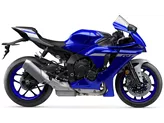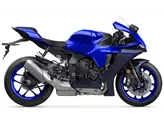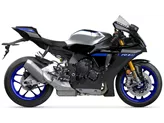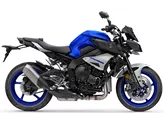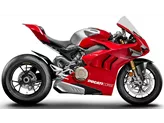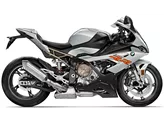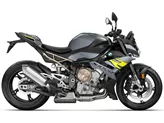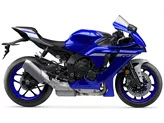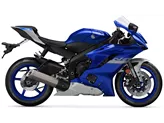BMW S 1000 RR 2015 vs. Yamaha R1 2010
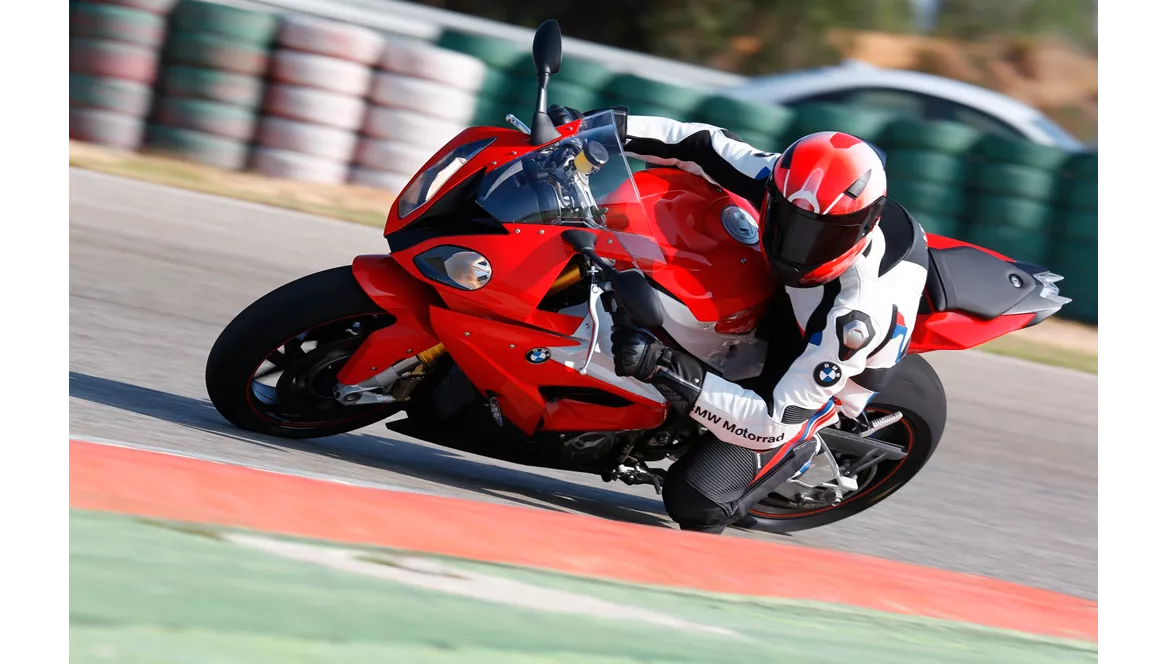
BMW S 1000 RR 2015

Yamaha R1 2010
Overview - BMW S 1000 RR 2015 vs Yamaha R1 2010
The BMW S 1000 RR model year 2015 and the Yamaha R1 model year 2010 are both high-performance supersport motorcycles. While they have some similarities in terms of engine power, torque, and displacement, there are also notable differences in their technical specifications and overall performance.
In terms of engine specifications, the BMW S 1000 RR 2015 has a bore of 80 mm and a stroke of 49.7 mm, while the Yamaha R1 2010 has a slightly smaller bore of 78 mm and a larger stroke of 52.2 mm. Both motorcycles have a 4-cylinder engine with a displacement of around 1000 cc. However, the BMW S 1000 RR 2015 has a higher engine power of 199 HP compared to the Yamaha R1 2010's 181 HP. The torque is also higher in the BMW S 1000 RR 2015 with 113 Nm compared to the Yamaha R1 2010's 115.5 Nm.
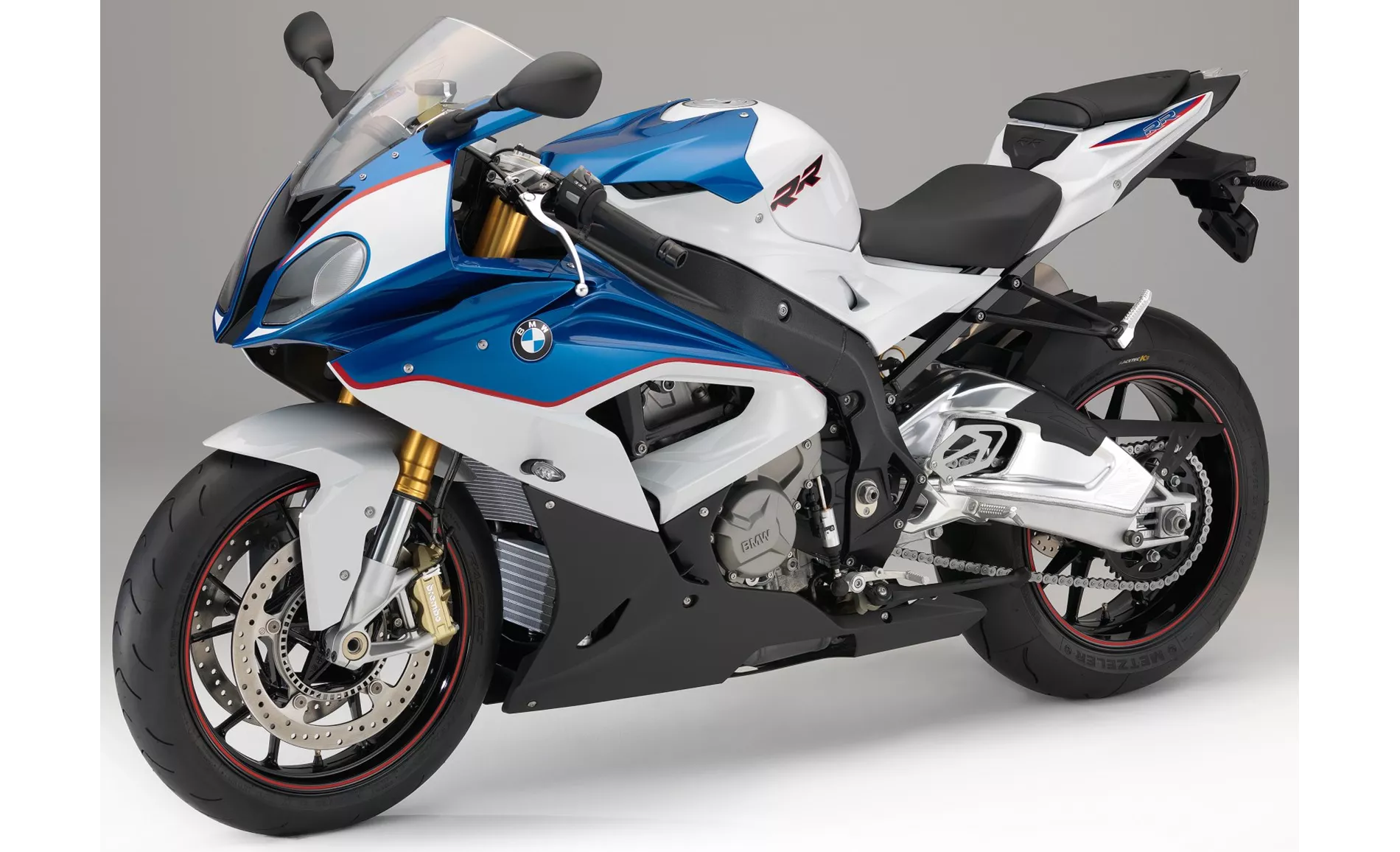
BMW S 1000 RR 2015
In terms of suspension, the BMW S 1000 RR 2015 features a telescopic fork at the front, while the Yamaha R1 2010 has an upside-down telescopic fork. Both motorcycles have an aluminum frame, with the BMW S 1000 RR 2015 having a twin tube frame type and the Yamaha R1 2010 having a Deltabox frame type. Both motorcycles also have double disk brakes at the front.
In terms of dimensions and weights, there are slight differences between the two motorcycles. The BMW S 1000 RR 2015 has a front tire width of 120 mm and a rear tire width of 190 mm, while the Yamaha R1 2010 has the same tire widths. Both motorcycles have a wheelbase of around 1400 mm, with the BMW S 1000 RR 2015 having a slightly longer wheelbase of 1425 mm. The seat height is also slightly different, with the BMW S 1000 RR 2015 having a seat height of 815 mm and the Yamaha R1 2010 having a seat height of 835 mm. The fuel tank capacity is 17.5 liters for the BMW S 1000 RR 2015 and 18 liters for the Yamaha R1 2010.
Now, let's discuss the strengths and weaknesses of each motorcycle. The BMW S 1000 RR 2015 has several strengths, including a superb shift assistant, an incredibly powerful and rev-happy engine, a great range of accessories, and a race-ready data logging tool and calibration tool available. On the other hand, its weakness lies in the chassis, which can quickly reach its limit in the hands of professionals.

Yamaha R1 2010
The Yamaha R1 2010 also has its own strengths, including a strong engine, a sophisticated engine character, an optimal braking system, and a comfortable seating position. However, it has some weaknesses as well, such as suboptimal suspension elements, lower peak power compared to the BMW S 1000 RR 2015, slightly weak traction, and a higher weight.
In conclusion, both the BMW S 1000 RR 2015 and the Yamaha R1 2010 are impressive supersport motorcycles with their own unique strengths and weaknesses. The BMW S 1000 RR 2015 excels in terms of engine power and additional features, while the Yamaha R1 2010 offers a comfortable riding experience and a reliable braking system. Ultimately, the choice between the two would depend on the rider's preferences and priorities.
Technical Specifications BMW S 1000 RR 2015 compared to Yamaha R1 2010
Pros and Cons in comparison
Pros and Cons in comparison
BMW S 1000 RR 2015
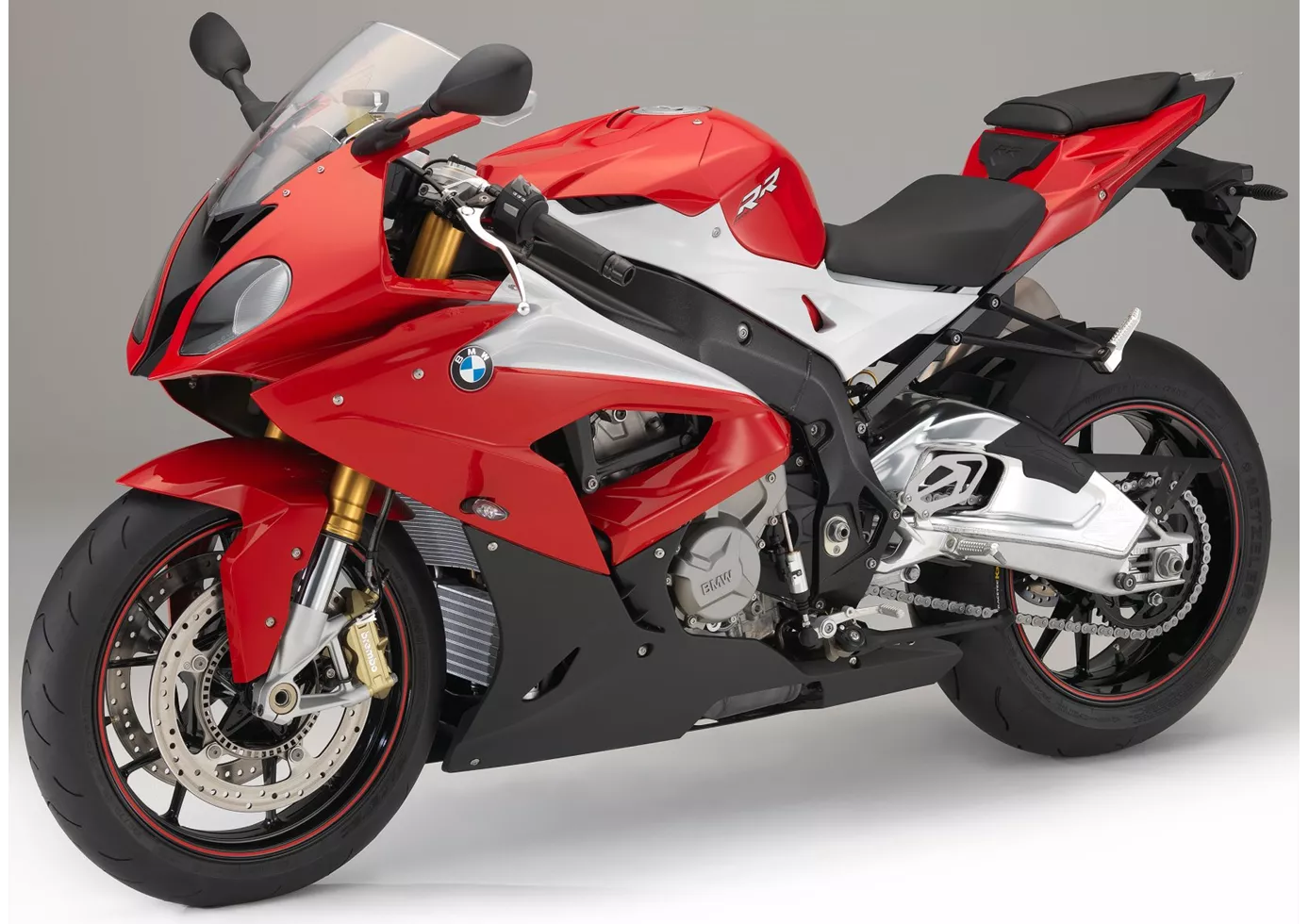
The BMW can still score points with hard facts in 2015. If you like top performance, you have to buy the BMW. It turns out incredibly powerful at the top and drives away the rest of the field from 200. Big and heavy riders will be able to benefit from this even more. BMW didn't make it easy for themselves with this bike and put together a very universal motorbike. If you were to do a comparison test with 50 different riders (from rookie to pro), the BMW would have the best average of all 1000cc bikes. The electronic chassis, but also the riding aids, make the pros fast and the beginners safe on the road. A top recommendation for a very broad target group. Very fast hobby riders will not be 100% satisfied with the standard suspension. If you don't want to modify the chassis, you should rather go for an R1M, a Panigale S or an RSV RF. If you want to convert anyway, the S 1000 RR is the strongest and most universal base. Surprisingly, the powerful machine also rides very well on country roads. All in all, it looks like a compromise, but it never feels like one in practice.
Yamaha R1 2010
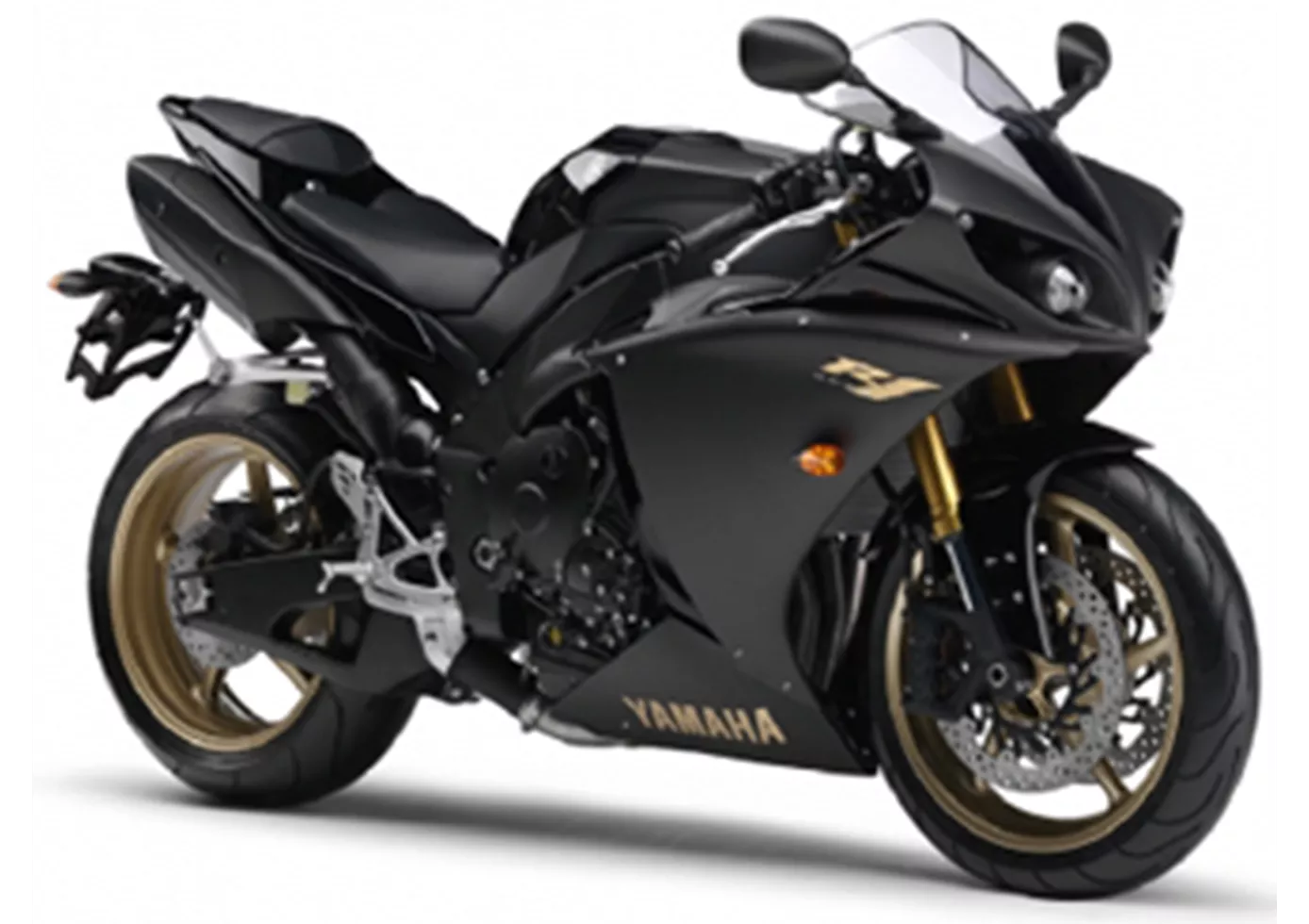
The current engine in the R1 scores points above all with its unmistakable sound, very transparent response and linear power delivery. In terms of peak power, however, Yamaha had to cut back a little.
Price Comparison Avarage Market Price BMW S 1000 RR vs Yamaha R1
There are a few key differences between a BMW S 1000 RR 2015 and a Yamaha R1 2010. In terms of price, the actual average price of a BMW S 1000 RR 2015 is about 43% higher. Compared to Yamaha R1 2010 there are more BMW S 1000 RR 2015 bikes available on the 1000PS.de Marketplace, specifically 8 compared to 5. It takes less time to sell a Yamaha R1 with 53 days compared to 77 days for the BMW S 1000 RR. Since model year 2010 1000PS.de editors have written 135 reviews for the BMW S 1000 RR and 80 reviews for the Yamaha R1 since model year 2005. The first review for the BMW S 1000 RR was published on 16/04/2008 and now has more than 4,000 views. This compares to more than 3,900 views for the first review on Yamaha R1 published on 28/04/2003.


